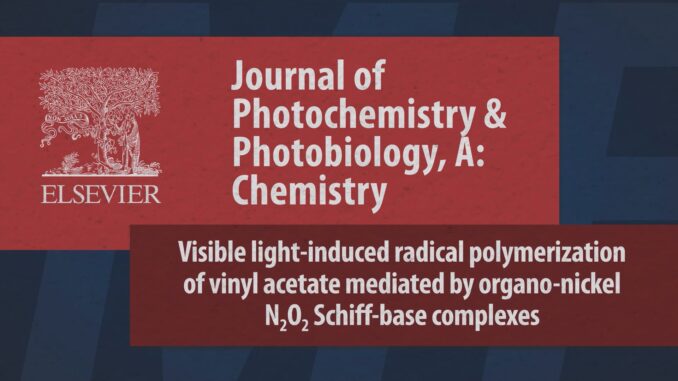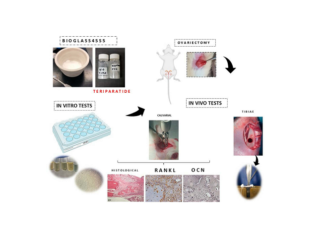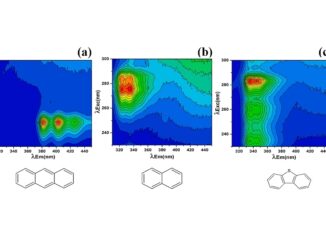
Visible light-induced radical polymerization of vinyl acetate mediated by organo-nickel N2O2 Schiff-base complexes
Abstract: Four nickel(II) complexes with symmetrically substituted N2O2 tetradentate Schiff-base ligands, prepared from the 2:1 condensation of 3-tert-butyl-salicylaldehyde, and ethylenediamine (1), o-phenylenediamine (2), 1,2-cis,trans-cyclohexyldiamine (3), or 1,3-diaminepropane (4), were synthesized. These NiII Schiff-base complexes (1–4) were used as control agents for the polymerization of vinyl acetate (VAc) photoinitiated by diphenyl(2,4,6-trimethylbenzoyl)phosphine oxide (TPO) according to a photoinduced organometallic-mediated radical polymerization (photo-OMRP) mechanism. All complexes presented good control ability, although the polymerization mediated by 3 showed the best control over molecular weight (Mn matching Mn,th) and dispersity (Ð < 1.50). The livingness of the polymers has been confirmed by LED on and LED off experiments, the polymerization stopped immediately, and no monomer conversion was observed during the light-off period, indicating a negligible concentration of the active radical in the dark. Further, to demonstrate the living nature of this system, block copolymers of poly(vinyl acetate)-b-poly(methyl acrylate) were synthesized using the sequential visible-light-induced process. Kinetic results and computational investigations supported the activation/deactivation equilibrium exerted by complexes 1–4, which occurred on only one face of the complexes via reversible deactivation (RD) mechanism.
Author(s): Pesqueira, N. M.; Bignardi, C.; Oliveira, L. F.; Machado, A. E. H.; Carvalho-Jr, V. P.; Goi, B. E.
Journal of Photochemistry and Photobiology A: Chemistry
Published: 1 March 2023, Volume 437, 114443
DOI: https://doi.org/10.1016/j.jphotochem.2022.114443
CDMF
The CDMF, hosted at the Federal University of São Carlos (UFSCar), is one of the Research, Innovation and Dissemination Centers (RIDC) supported by the São Paulo State Research Support Foundation (Fapesp), and also receives investment from the National Council Scientific and Technological Development (CNPq), from the National Institute of Science and Technology of Materials in Nanotechnology (INCTMN).




